Nova Zembla Help
stewartd11
8 years ago
Featured Answer
Sort by:Oldest
Comments (8)
akamainegrower
8 years agostewartd11
8 years agoRelated Discussions
Rh. Capistrano w/ Rh. Nova Zembla pics
Comments (0)north side of my garden... Nova Zembla is a 40 year plant....See MoreNova Zembla Rododendron
Comments (2)The new leaves may look wrinkly when they first come out. The older mature leaves will look smooth....See MoreNova Zembla photos
Comments (2)Those look like bloom buds to me!...See MoreToo late to buy a budding or blooming Nova Zembla (Raleigh)
Comments (1)I think is too late:( Mine is in full bloom right now. I found me one @ Costco for less than $20 :-)...See Moreakamainegrower
8 years agodavidrt28 (zone 7)
8 years agostewartd11
8 years agoakamainegrower
8 years agodavidrt28 (zone 7)
8 years agolast modified: 8 years ago
Related Stories

GREEN BUILDINGHouzz Tour: Going Completely Off the Grid in Nova Scotia
Powered by sunshine and built with salvaged materials, this Canadian home is an experiment for green building practices
Full Story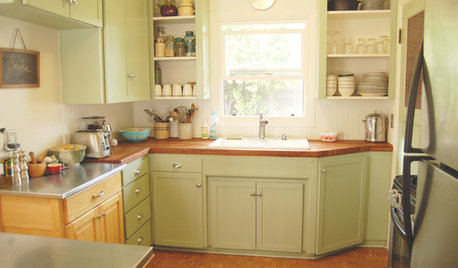
HOUZZ TOURSHouzz Tour: Lola Nova's Small Space, Big Life
Tour the Blogger's Heartfelt Oregon Home
Full Story
COLORPick-a-Paint Help: How to Create a Whole-House Color Palette
Don't be daunted. With these strategies, building a cohesive palette for your entire home is less difficult than it seems
Full Story
PETSHouzz Call: Show Us Your Summer-Loving Dog!
Share a photo of your pooch kicking back in the backyard, helping you in the workshop or enjoying your favorite summer getaway
Full Story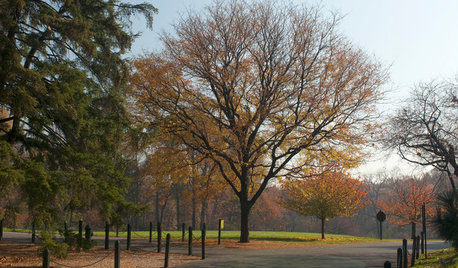
LIFEHow to Decide on a New Town
These considerations will help you evaluate a region and a neighborhood, so you can make the right move
Full Story
TRAVEL BY DESIGNHow to Prepare Your House for a Home Swap
Trading homes for your vacation? Leave yours in great shape for your guests and help them enjoy a happy break with these 12 tips
Full Story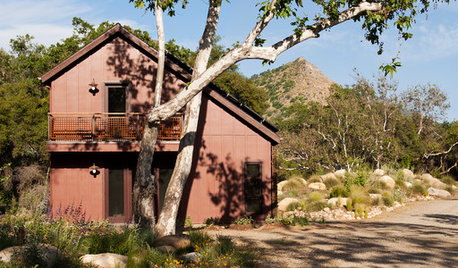
HOUZZ TOURSHouzz Tour: A Nature-Loving Compound Relaxes Into the Landscape
Local materials, native plantings and organic shapes help four structures blend beautifully with their Sierra foothills site
Full Story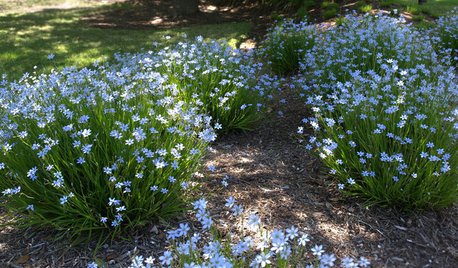
FLOWERS10 Spring Wildflowers for the Central Plains
These blooming native perennials thrive in dry locations and help welcome early-season pollinators
Full Story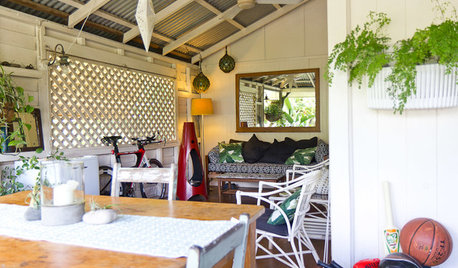
PORCHESMy Houzz: Veranda Life in a Classic Queenslander
A couple leaves Canada for a relaxed lifestyle in the subtropical heat of Brisbane, Australia
Full StorySponsored
Columbus Design-Build, Kitchen & Bath Remodeling, Historic Renovations






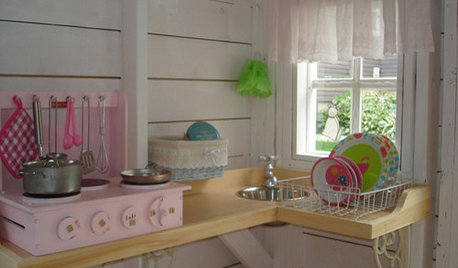
akamainegrower